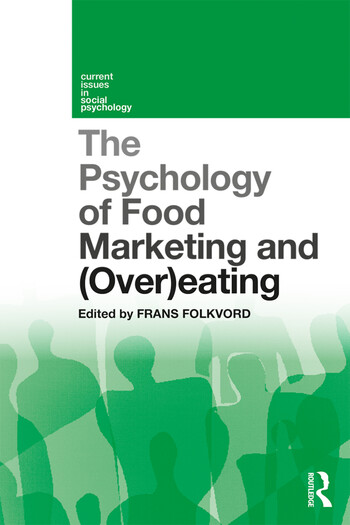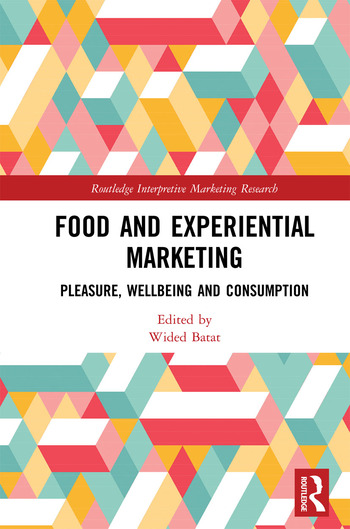2018 Global Food-scape
SRG identifies six culinary flavor and food topics with “trendjectory” appeal

Each year around this time, food experts of all types publish their best guesses as to what culinary trends may hit the scene in the coming year. As trend-spotting is a combination of science and art, “trendologists” not only gather underlying data and insights from other credible sources, they also layer knowledge of food, flavor and cooking technique to arrive at more than just a list of the most “googled” foods of the year.
At Sterling-Rice Group, our “Culinary Trends 2018” report is the culmination of a year-long examination of the global foodscape, based on international scouting trips, in-depth primary research, and input from our Culinary Council, a team of more than 175 chefs, restauranteurs, and food experts from around the world.
While curating the results of our exhaustive search, many themes seemed to re-emerge from the trends of culinary predictions past. This year more than ever, many of the most notable ingredients, dishes, and methods were only slight differentiations of trends we’ve seen over the past few years.
We think of the concept as a “trendjectory.” By delving into these culinary trendjectories, we can highlight the broader paths taken by trends that allow them to maintain relevance and stay front and center in the minds of consumers.
Here’s our top six for 2018.
Coffee + Spice is Everything Nice. In 2015, we said consumers were ready to say goodbye to café lattes and hello to “hotter” coffee libations. Since then, we’ve seen nitro and cold brew increase in popularity, as well as a heavy focus on ethical and sustainable coffee sourcing, blending, brewing, and steeping techniques.
When it comes to coffee innovation with pure-process and single-source bean products, eventually you hit maximum granularity, or the point where you can no longer find compelling differentiations for consumers. As such, hot and cold coffee beverages are prime targets for the type of flavor and functional benefits that herbs, spices, and botanicals can offer (think: chai-style coffee).
Café de Olla, a Mexican favorite that layers flavors of cinnamon, orange zest, panela and sometimes clove steeped a clay earthenware vessel, is a good example poised to rise and shine in popularity along with other spice-and-herb-infused blends. Another less-sweet incarnation we’re seeing in the real world relies on a traditional Yemeni spice blend, Hawaij, that leverages anise, fennel, ginger and cardamom to impart flavor.
This trend is riding the wave of sugar vilification. As consumers look to reduce their intake of added sugar, they seek to replace its ability to nullify bitter flavors by adding sweet spices and complex flavors that don’t rely on simple syrups or artificial agents.
U-mami Makes Breakfast. In 2012, we predicted that the fresh, spice-forward flavors of Thailand, Vietnam, and Korea would work their way into American comfort classics. One needs only to look at the popularity of Vietnamese pho to see how Asian flavors have permeated, and perhaps even started to supplant, classic comfort foods such as chicken noodle soup.
Looking forward to 2018, Americans will begin to embrace (with both hands) jianbing, a traditional Chinese street-food breakfast crepe brushed with umami-rich hoisin and chili sauce, and layered with egg, pickled veggies, and herbs, and sometimes customized with sausage or bacon.
While Americans aren’t, and may never be, ready for a traditional seafood-focused Japanese breakfast, Asian umami flavors have begun to take center stage on morning menus—not to mention lunch and dinner. Jianbing also meets existing consumer demand for egg-based portable breakfast options: in NYC alone, three notable ‘bing shops have opened over the past year.
Moringa is the Thinga. In 2014, consumers’ quest for vitality led to our prediction of the rise of Japanese matcha, a powerhouse green tea that has since hit the market in many convenient formats. Made from crushed green tea leaves, matcha brims with antioxidants, L-theanine, and beta carotenes, and can be found in products ranging from ice cream and popsicles to lattes and yogurt.
People just can’t get enough green, which is why we predict that moringa will be the “thinga” in 2018 and beyond. A superfood derived from the dried leaves of the “tree of life,” moringa provides nearly the same benefits of matcha, but with far more protein, fiber, calcium and vitamins.
Slow Dough. In 2015, we saw a growing consumer interest in fermented, probiotic-rich foods in categories other than yogurt and kombucha. Since then, probiotics have earned “mega-trend” status showing up in shelf-stable forms in gummy vitamins, snack foods including popcorn, corn chips, kombucha and cold brew coffee beverages, gum, and more, primarily led by the adoption of Ganeden BC-30.
As consumer interest in gut health and gluten sensitivities continues to pique, people are seeking less-processed, easier-to digest foods. In 2018, we predict more frenzy for fermentation as artisan bakers and makers of pinsa—an ancient Roman-Style version of pizza that uses dough made from a blend of rice, soy and wheat flours—use less yeast and longer fermentation and rise periods to make the bread lighter, airier and easier to digest.
Burmese Cuisine. The hot Asian cuisine for 2018 lives at the confluence of some of the buzziest food “trendjectories” today! A few years ago, we predicted that tea was going to leave the cup and migrate into mealtime. We’ve seen that happen with tea flavored desserts, tea smoked meats, fish and desserts in all areas of foodservice, as well as tea-inspired cocktails at the bar.
We also previously predicted the popularity of the chickpea. The once humble garbanzo has blossomed beyond hummus and bean snacks into innovative aquafaba mousse and bases for bowl creations.
Burmese food features fermented tea leaves and chickpea tofu at centerplate, highlighted by fermented tea leaf salad and Shan tofu, a meat-substitute mainstay made from chickpea flour and turmeric. With its strong, sour, pungent and savory flavor profiles, we believe that Burmese food has the power to appeal to a variety of different palates.
The Objectification of Food. The continued popularity of Instagram has pushed the profession of food styling well beyond its initial focus on making food appear more appetizing to one that prioritizes provocation and buzz – effectively objectifying food itself. From unicorn lattes and edible diamond-studded sundaes to glow-in-the-dark doughnuts, food is becoming more of a medium for visual expression. Starting next year, even the Culinary Institute of America will offer classes on taking food photos.
Written by Liz Moskow, culinary director at Sterling-Rice Group (SRG). Headquartered in Boulder, Colo., SRG is a nationally recognized brand consultancy and creative agency. For more than 30 years, companies ranging from small entrepreneurial start-ups to some of the biggest brands in the world have come to Boulder to seek out SRG’s expertise in consumer insights, brand strategy and positioning, new product innovation, advertising, and design.
Looking for a reprint of this article?
From high-res PDFs to custom plaques, order your copy today!








